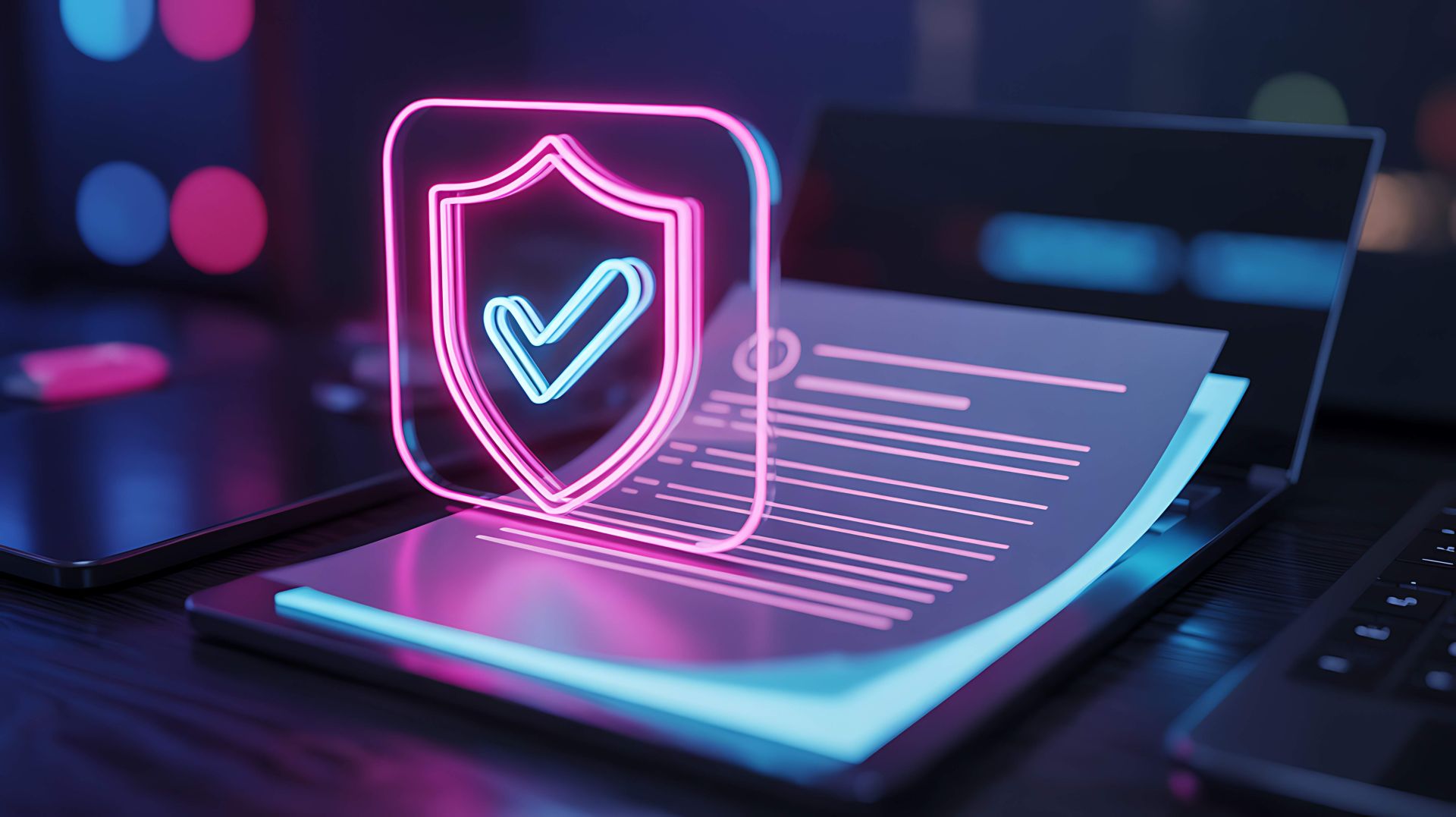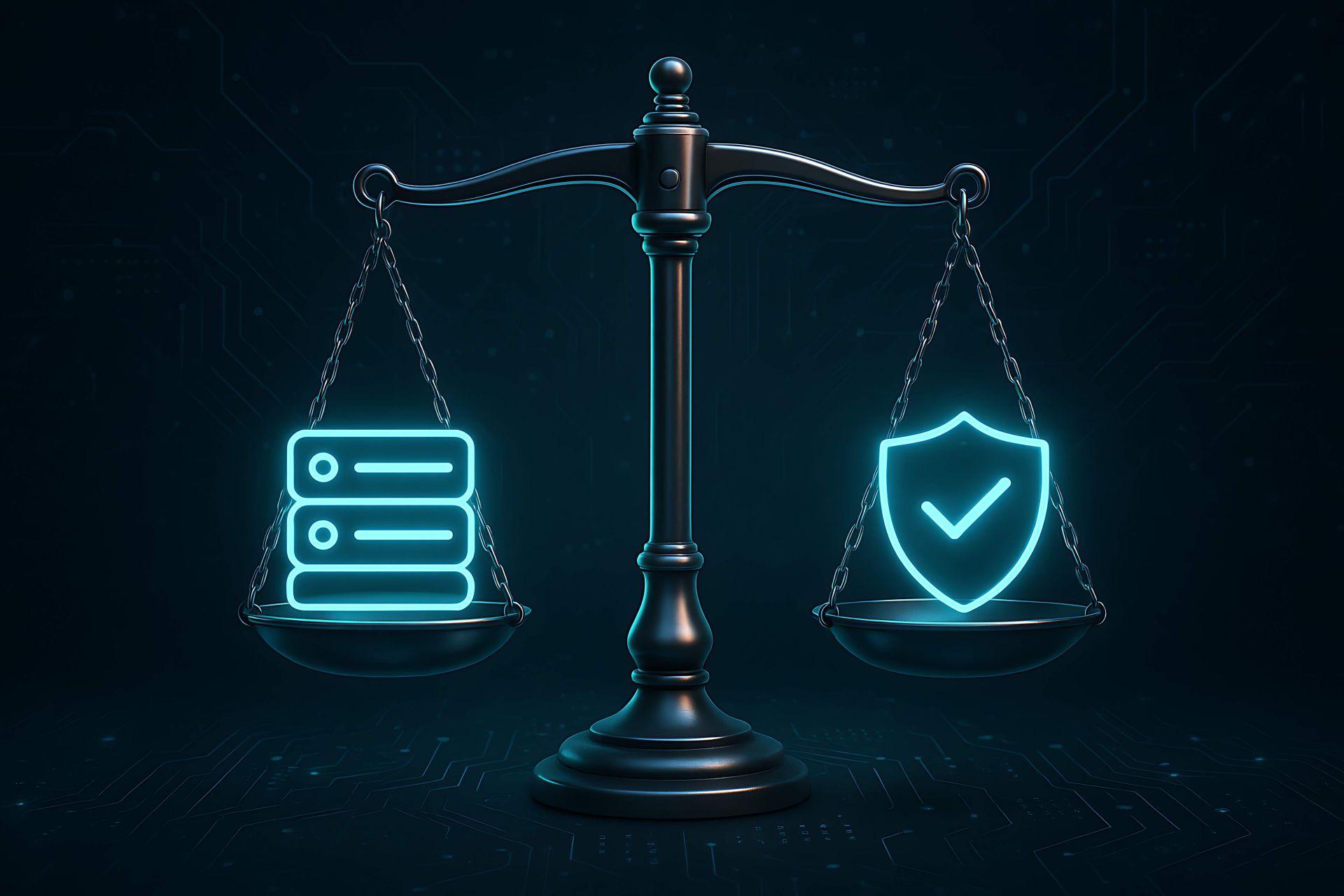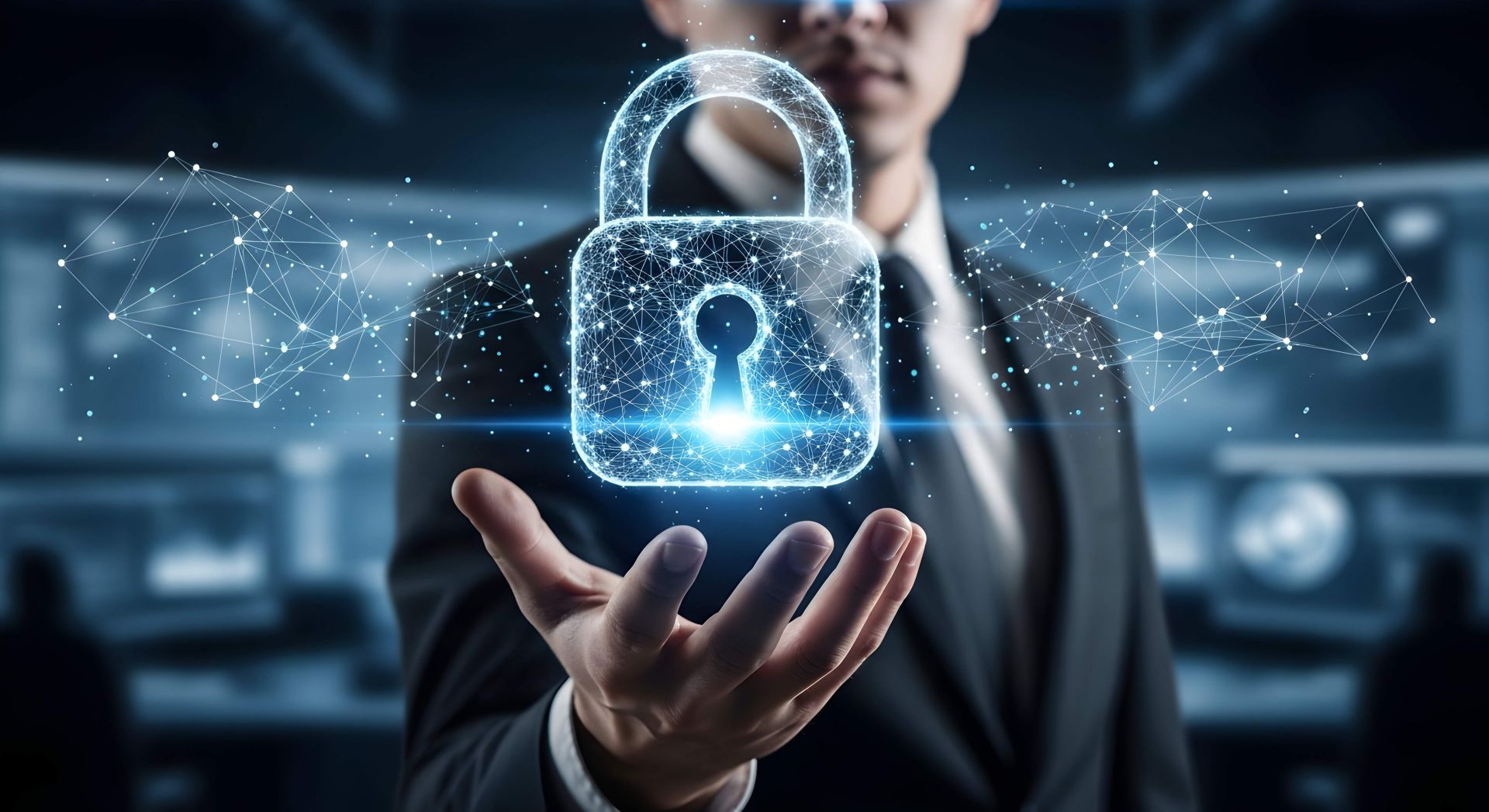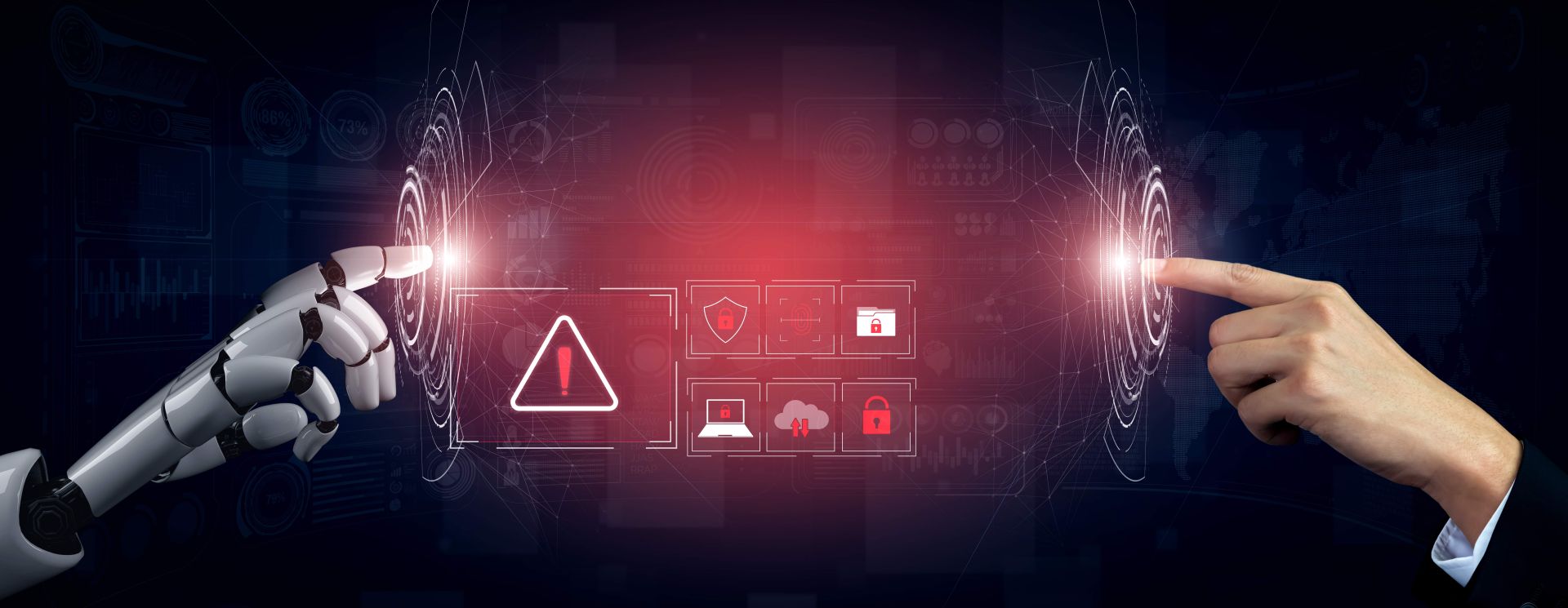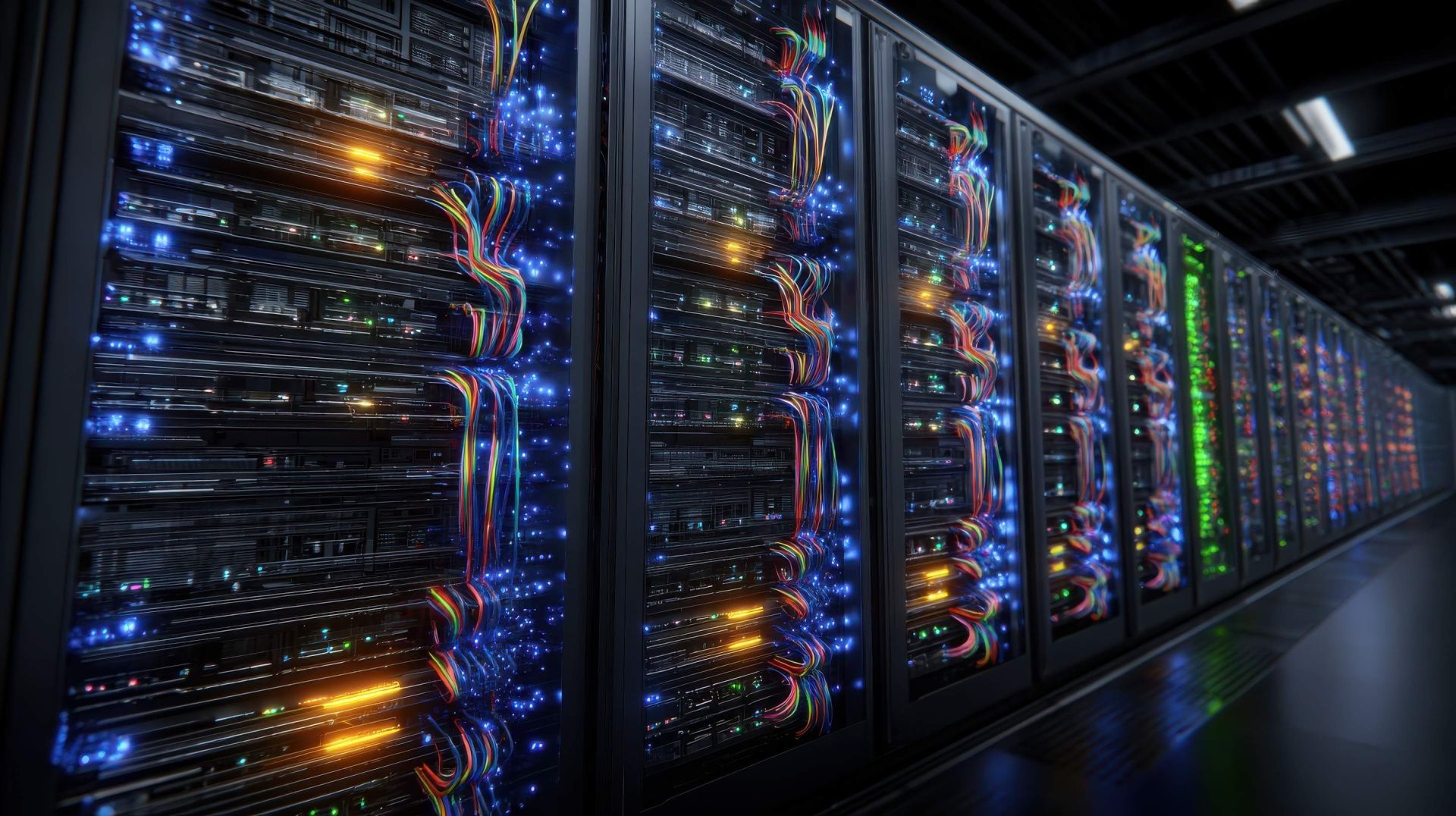Given the high rate of fraud in modern retail environments, investing in tools to minimize it makes perfect sense. Today, we want to introduce you to a solution developed in collaboration between Euvic and March Networks—a Fraud Detection system.
Its use ensures that both employees and customers, aware that their actions are being monitored, avoid committing crimes. As a result, the system inadvertently also serves a fraud prevention function.
How to prevent fraud?
In order to prevent and thus reduce the scale of fraud, it is first and foremost necessary to know the sources of the fraud and then to select appropriate measures to counter it. The Sensormatic report indicates that more than half of the trade scams take place in the store space and as much as ¼ of them take place with the participation of shop staff. However, as the supervision of shop space by security staff is very costly, shop owners are increasingly turning their thoughts towards technical protection. The above-mentioned Sensomatric report indicates that technical security measures are a key investment area for 62% of respondents, while only 10% of respondents admit that they do not invest in this type of security measures at all. There are three ways to prevent fraud.
First of all, thanks to the monitoring. Customers know that in every store they are closely watched by cameras, and this awareness deters many of them from doing wrong things. However, skilled thieves know that it is impossible to effectively observe images from multiple cameras simultaneously. In small convenience stores there are at least several cameras, in supermarkets – a dozen or so, and in hypermarkets – over 100. Moreover, for technical reasons, it is also unrealistic to look through thousands of hours of post factum recordings. In the example of Żabka chain of stores – 4 cameras installed in one store, recording for 17 hours a day, equals to 340 hours per week. On a monthly or annual basis, this number becomes really impressive.
Secondly, thanks to the analysis of data from cash systems. As you can see in the chart below, you can draw a lot from the data coming mainly from cash and payment systems.
What is next? Let’s assume that we have identified a pattern whereby the same customer (the same credit card ID) is reimbursed once a day for small claims. Fraud? Not necessarily. Or otherwise, 10 bottles of a particular type of whisky are somehow stolen from the store every month. The monitoring does not indicate anything suspicious, but the inventory speaks for itself. Fraud? Without additional data, we are not able to finally state this and, most importantly, to prove it. We do not know how the goods disappears, who is responsible for it and if our own cashier is not involved. So, as you can see, just the data, that’s not all.
Third – thanks to artificial intelligence used both in CCTV systems and in fraud detection tools, which allows to detect suspicious behavior. The cameras automatically count customers, identify if someone has not appeared in the forbidden zone at certain times, check if the cashier does not leave the workplace. BI systems, on the other hand, capture repeated complaints and unfinished card transactions and thus, from among many data, identify those situations that require special attention and preventive measures.
Fraud prevention and fraud protection to meet the needs of modern business
The solution developed in cooperation between Euvic and March Networks combines all three elements described above, supplementing them with the human factor. How does it work in practice?
At the store level, the cameras equipped with software specializing in fraud detection and the Artificial Intelligence Module, record accurately parameterized images in the DVR, typing out fragments of recordings in which AI has detected suspicious behavior.
At the same time, the same artificial intelligence analyzes data from the cash system, identifying transactions that by definition require attention (e.g. returns or purchase of alcohol) and transactions that are potentially risky in connection with visual data (e.g. return of goods and no customer at the cash register).
Such transactions are reported, for example, to the store manager, regional director or the team of Investigative Consultants, who additionally review the events and evaluate them for potential fraud.

What does this review look like? A consultant (a person experienced in detecting and analysing shoplifting) reviews transactions and watches the corresponding recording from cameras. It assesses the level of probability of fraud, verifies the possibility of a shop employee’s participation in such an event and identifies potential patterns that are used as a basis for preventive actions, also in other shops.
What is the uniqueness of this solution? The artificial intelligence used in it allows to combine data from two different worlds (image and transaction data), provides tools to take action at every level (shop, region, headquarters) and guarantees remote expert support in the area of shop fraud.

The March Networks platform, on the one hand, allows for connecting existing cameras to the surveillance system and, on the other, allows for secure management of CCTV images and data at the level of any complex organizational structures. It is a solution that contributes to the success of many brands, among which are for example Total Wine & More.
Summary
Investment in fraud prevention and fraud protection systems is crucial for the functioning of the whole company. As one of the Żabka’s agents point out in an interview in Kultura Liberalna newspaper the scams are often carried out by its own employees and as a result of which the business can even go bankrupt.
Taking into account the costs that have to be borne when implementing such systems and the costs that this implementation will avoid, I can definitely say that this is a “game worth the gamble”.
_________________________________________________________________________
The author of the article is Bartłomiej Łatka, an expert on retail and logistics.

